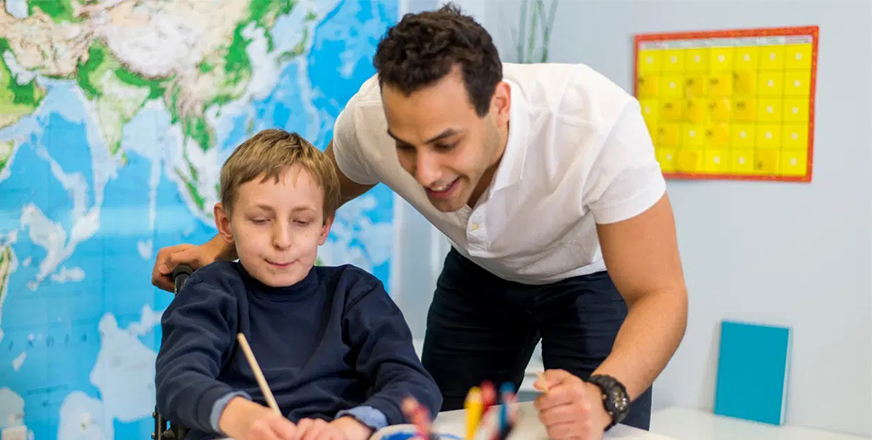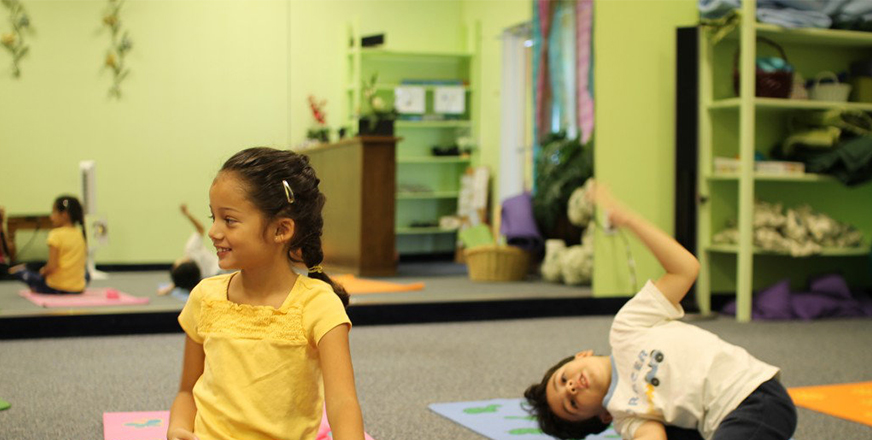Summer Classes

Every child is different, so there is no one-size-fits-all approach to teaching children how to read. This is especially true when it comes to teaching reading to children with special needs. Learning to read can be a struggle for children with special needs. But fortunately, there are many effective reading programs for special education students available.
If your child has special needs, it’s important to learn about these programs so you can get them the help they need to succeed.
-
Dyslexia: This is one of the most common and well-known reading disabilities. Children with dyslexia may struggle to sound out words and comprehend written words, which significantly impairs their ability to read.
-
Hyperlexia: Kids with hyperlexia actually are above average readers, but they struggle to understand what they read.
-
ADHD: Kids with ADHD have trouble concentrating, which can make reading far more difficult.
-
Autism spectrum disorder: This is a developmental disorder, but it can negatively impact a child’s ability to read. Children with this developmental disorder may be strong readers, but they often struggle with reading comprehension.

Writing is an important skill, both in and out of the classroom. It can be both a window into our children’s minds and a spotlight they can use to illuminate their perspectives for others. For kids with disabilities, writing can be a unique challenge – and a unique gift. When our children learn to write, they open the door for us to better understand their world and unlock new ways of relating with others. Writing is more than just putting words on paper — it takes a mix of skills. Kids need to organize their thoughts, use grammar and punctuation, and physically write or type. For children with disabilities, this can be especially challenging because it involves both cognitive and motor skills working together.
To know whether your child is struggling with core strength, be on the lookout for some key signs:
-
Fidgeting and difficulty paying attention
-
Leaning on hands or desk when sitting down
-
Sitting in a “W” shape (on their knees with their feet splayed out by their hips)
-
Slumping/poor posture

Yoga therapy may be defined as the application of Yogic principles to a particular person with the objective of achieving a particular spiritual, psychological, or physiological goal. The use of Yoga to gain a sense of power, i.e., to develop muscular power, the power to concentrate, the power to do difficult postures, the ability to work over an extended period of time, etc. The main principles of this form of Yoga therapy is to teach what is appropriate to the individual. Each person needs to be taught according to his or her individual constitution, age, and disposition.
